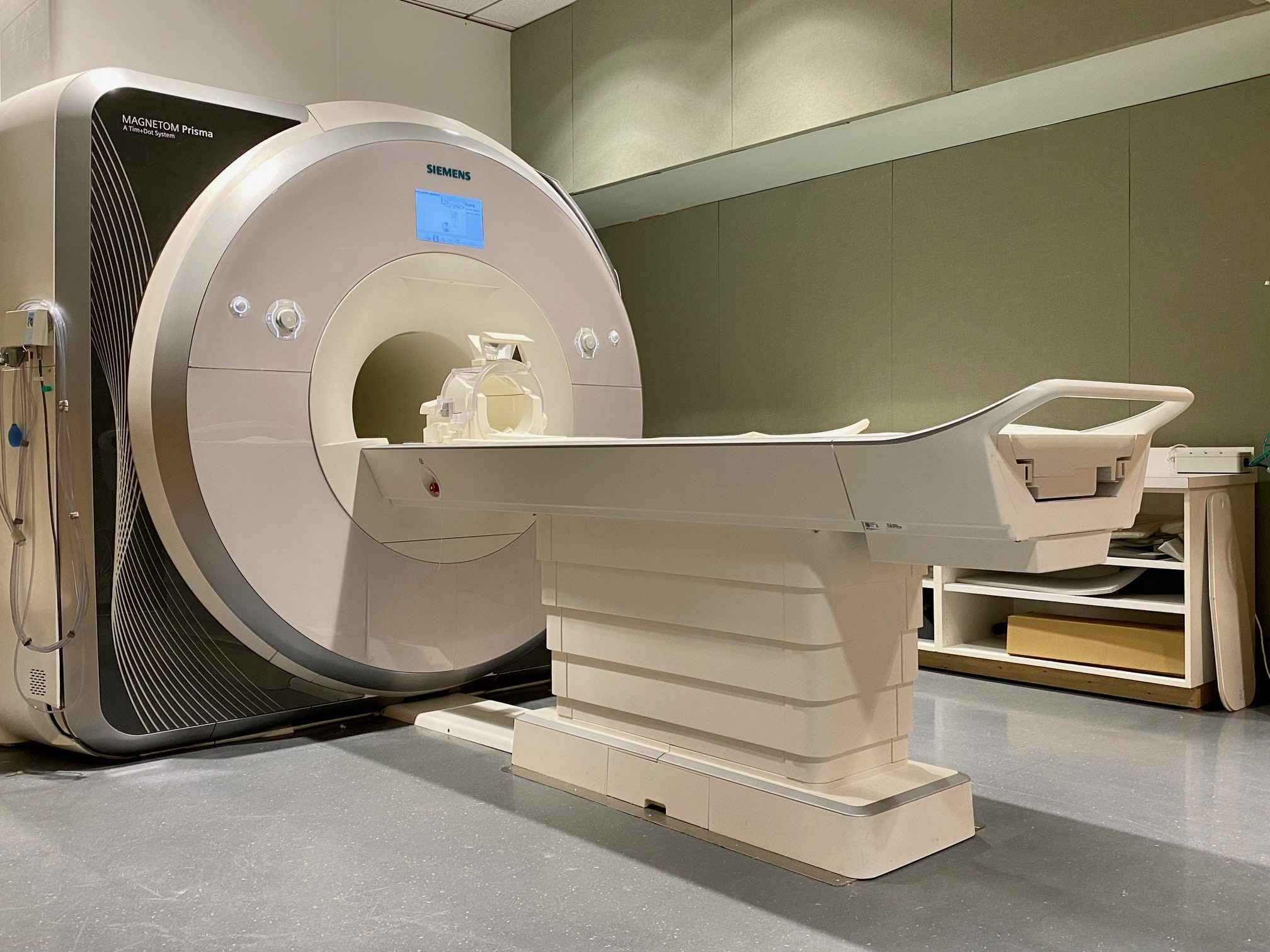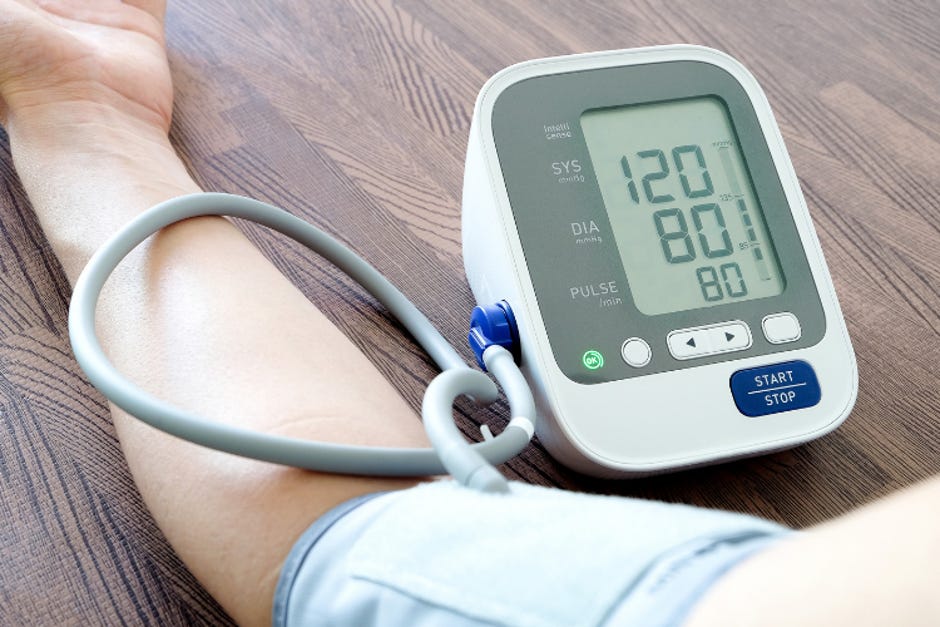WHICH TESTS HELP DIAGNOSE MIGRAINE?
Introduction
Many patients ask what tests might be helpful to diagnose their migraine. Is it an MRI, blood test, or scan that might be most helpful?
The thing to understand about these tests is they never tell the complete story of your health or disease.
To arrive at a proper diagnosis, you must consider the whole person, their health history, current symptoms and past, and other health conditions they may have and perhaps add some special tests such as MRI scans.
So yes, they can be helpful, but they tell us part of the story - which may be an essential part, or it may not influence your diagnosis or treatment at all.
So let's look at some of the currently available tests for migraine, which you may want to discuss with your health care practitioner. Testing is a part of the medical assessment and treatment process.
Blood Tests
Blood tests are often used to rule out other conditions that can cause headaches and facial pain. Blood tests may check for inflammation, infection, and other causes of symptoms.
A complete blood count (CBC), thyroid function, and erythrocyte sedimentation rate (ESR) are basic tests that help evaluate some headache patients.
A basic metabolic panel should include glucose, electrolyte and fluid balance, and kidney function. This panel usually measures the blood levels of blood urea nitrogen (BUN), calcium, carbon dioxide, chloride, creatinine, glucose, potassium, and sodium.
The following blood tests may be used:
● Vitamin B12 deficiency
● Vitamin D deficiency
● Thyroid problems (hypothyroidism or hyperthyroidism)
● Iron deficiency anemia
MRI Scan

MRI (magnetic resonance imaging) is a noninvasive procedure that uses magnetic fields and radio waves to diagnose migraine. This test can be used to evaluate your brain and spinal cord.
MRI scan excludes severe disease in migraine but cannot diagnose a migraine. Many people with ongoing migraine symptoms have a scan to rule out any severe pathology causing their symptoms. This is an important step that should be discussed with your GP.
Some of the tests look for a physical or structural abnormality in the brain that may cause your headache, such as:
● Tumour
● Brain abscess (an infection of the brain)
● Hemorrhage (bleeding within the brain)
● Bacterial or viral meningitis (an infection or inflammation of the membrane that covers the brain and spinal cord)
● Increased intracranial pressure)
● Hydrocephalus (abnormal buildup of fluid in the brain)
● Infection of the brain such as meningitis or Lyme disease
● Encephalitis (inflammation and swelling of the brain)
● Blood clots
● Head trauma
● Sinus blockage or disease
● Blood vessel abnormalities
● Injuries
● Aneurysm (a bulge in the wall of a blood vessel that can leak or burst)
Physical Exam

The physical exam is the most common first-line test to rule out other causes of headaches and pain. It's also an excellent way to rule out other causes of symptoms.
Physical exams may not be able to tell you one way or another if you have a migraine, but they can help determine whether you have another condition as well.
A proper examination of the head, neck and jaw is vital.
The most common cause of migraine is brainstem sensitisation and activation of the trigeminal nerve.
This usually results from irritation to the upper cervical nerves in the neck, the jaw, or both.
Neurological Exam

The neurological exam is a physical examination of the nervous system. It's done by a neurologist and it can be used to check for damage to the brain and spinal cord.
Typically, this test takes place in an office or hospital room where you'll sit on a chair while the doctor asks you questions about your health history and symptoms. During this time, they'll also do things like:
● Checking your reflexes
● Measuring your muscle strength
● Testing your senses (such as sight)
Neurological tests focus on ruling out diseases of the brain or nerves that may also cause headaches and migraines such as those listed above.
Blood Pressure Monitoring

Blood pressure monitoring, also known as ambulatory blood pressure monitoring (ABPM), is a test that helps to diagnose migraine. It can be done at home or in the doctor's office.
Blood pressure monitoring involves using an automated device to take your blood pressure over 24 hours, including during sleep and while you are awake. This device will record your blood pressures and store them electronically to see how they change throughout the day and night.
Recurring migraine attacks can signify that you have high blood pressure, also called hypertension, but migraine disease can also put you at a higher risk of developing high blood pressure.
"Individuals with migraine are at higher risk overall of cardiovascular disease, particularly stroke, so for that reason, people with migraine need to manage other risk factors, including hypertension,"
Low blood pressure can also cause migraines and a host of other symptoms such as dizziness, neck pain, fainting, hearing changes, and it tends to be worst when lying down.
Gut Health Test

● Stool test: A stool test (also known as a gut health panel, GI panel or microbiome analysis) can identify the types of bacteria in your gut and help determine if you have any immune reactions to foods. If you're sensitive to certain foods, this may trigger a migraine attack.
● Food sensitivities tests: These tests measure IgG antibodies present in the blood that show up when a person has eaten something they are intolerant to. The most common food sensitivities include gluten, dairy and corn products.
Assessment for Nutritional Status
● Nutrition deficiencies are increasingly common.
Magnesium, vitamin D, and vitamin b are all implicated in migraine and are commonly found to be deficient in 30 - 70% of the population.
● Lifestyle factors, such as dietary habits and physical activity levels, affect migraine frequency and intensity. In addition to assessing your migraine history and medical conditions, your doctor will ask questions related to lifestyle factors that increase the risk of migraines. These may include smoking or excessive use of caffeine and alcohol.
Conclusion
There are many diagnostic tests for migraine that can help your doctor determine the right course of treatment. The diagnosis of migraine headaches can be challenging, but these tests and imaging studies can help. If a migraine is suspected, the physician will usually start by taking a thorough history (what you tell him). The most accurate and effective test is a comprehensive patient interview to uncover signs and symptoms that may not be apparent in other testing methods.
It's important to note, that a migraine diagnosis by itself is not enough.
You must be able to understand what is causing your migraine to occur so you can address the root cause and find long term relief.
We hear so often that our patients have been given a diagnosis of migraine and prescribed medication and that's where it ends.
However, this should just be the beginning of finding your migraine solution.
At Melbourne Headache Solutions, we have a systematic approach to assessing migraine patients to identify all the factors that might be contributing to your migraine. We understand that the most effective test is a comprehensive patient interview to uncover signs and symptoms that may not be apparent in other testing methods. to this end, we will work closely with you to create a customized plan to help you find relief from your pain.
There are five ways to start taking action today to reduce or eliminate your migraines.
1. For Our Latest Education Videos → Subscribe to our youtube channel.
2. Like us on Facebook for weekly live videos, Q&A.
3. Schedule a free call to discuss your migraine symptoms with our team and find out how we can help you find relief faster.
4. Buy the book - - A comprehensive guide to migraine relief. NOW AVAILABLE ON AMAZON - PAPERBACK or Ebook
5. Register for our Online Migraine Relief Program


